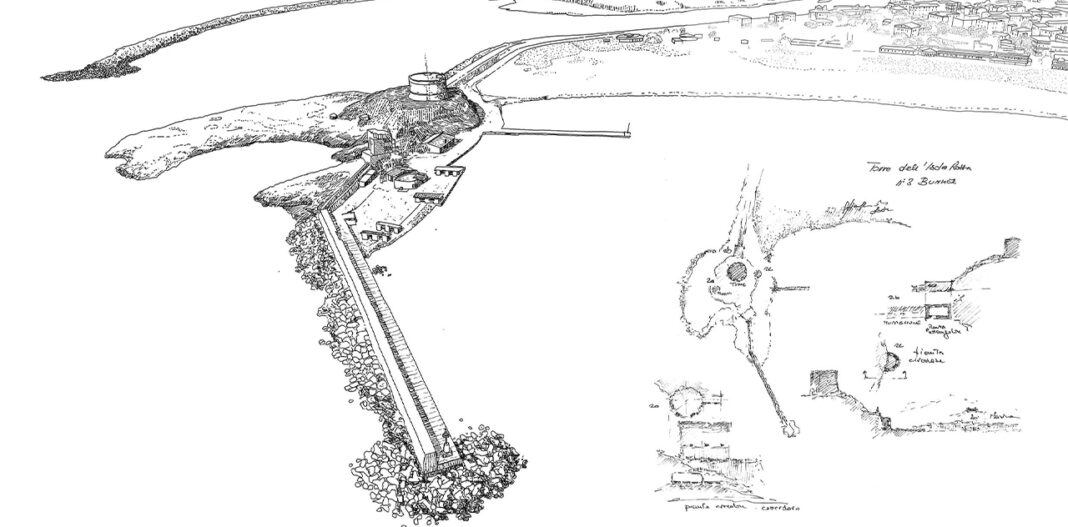Are the 20th-century defences, now abandoned, modern architecture? Do these stubborn ruins constitute heritage?
Consolidated over time, military architecture proves to be a distinctive mark of the geographical areas and societies that host them. A multidisciplinary investigation, involving the University of Cagliari and the University of Alicante for over a decade, connects two regions of the Mediterranean, drawing a parallel between the territories of Sardinia and the Valencian Community, which share similarities and a common history, through the bunkers and batteries built between the two World Wars and scattered along the coastline. These engineering objects are, at the same time, modern architecture due to their use of regular geometry that defines types and models, their tactical distribution based on principles of observation and control, and the use of reinforced concrete, a resistant and malleable material, in their protective function.
The research repositions these defences, stigmatized by the proximity to conflicts, based on their spatial, technical, and material characteristics, acquired through digital surveys, proposing their re-signification as the ‘Wall of the Mediterranean,’ removed from ideology and viewed as witnesses of material culture, with a proposal for registration, protection, and intervention.









